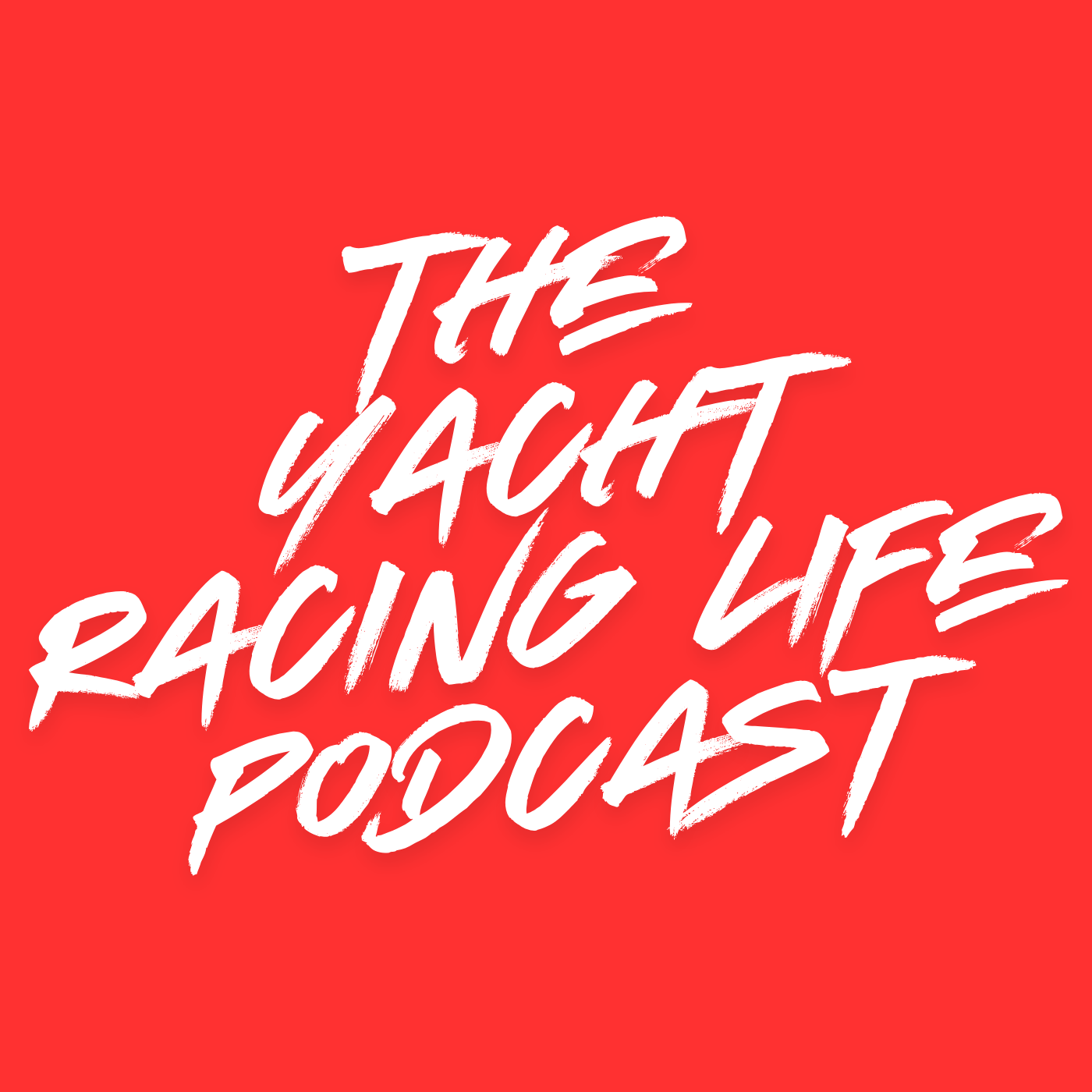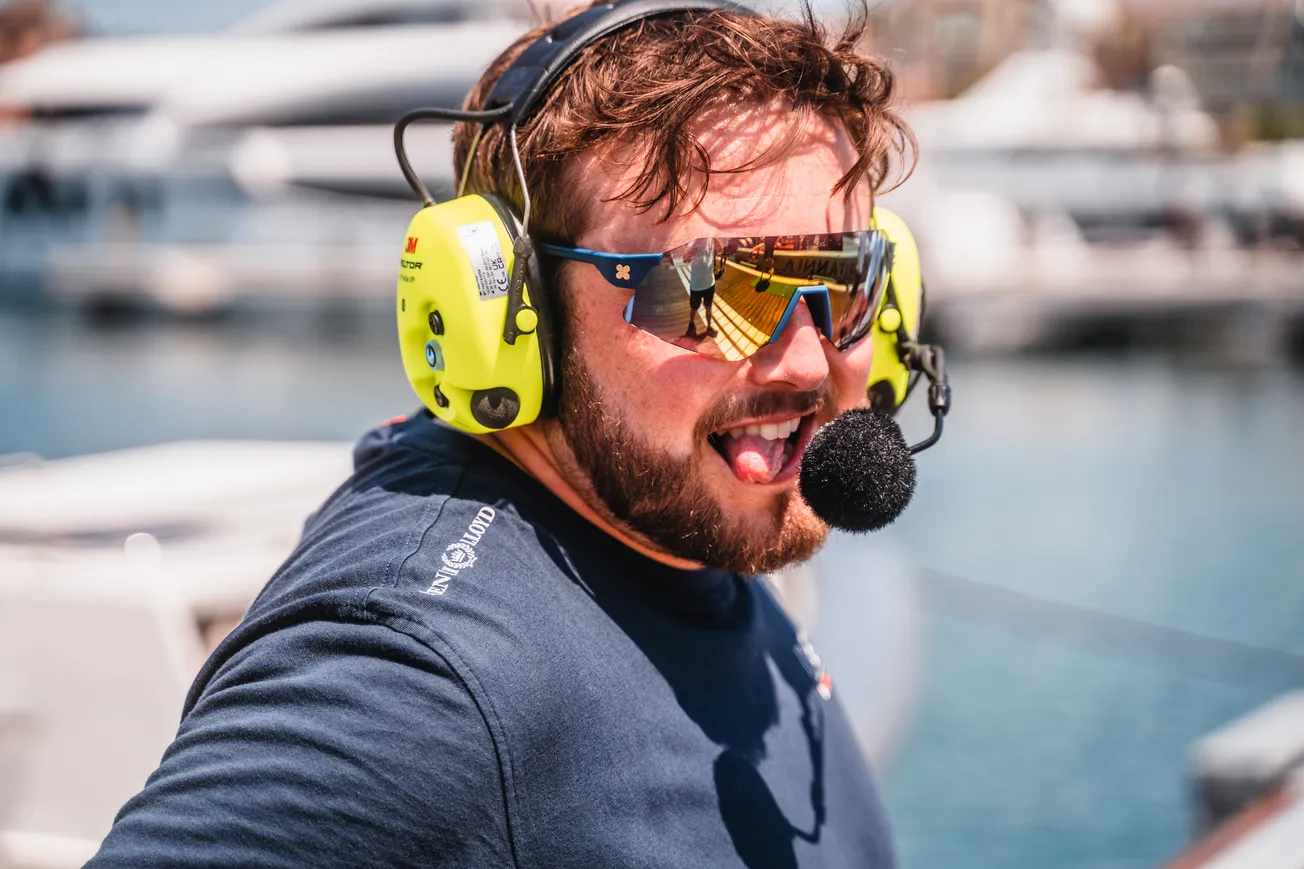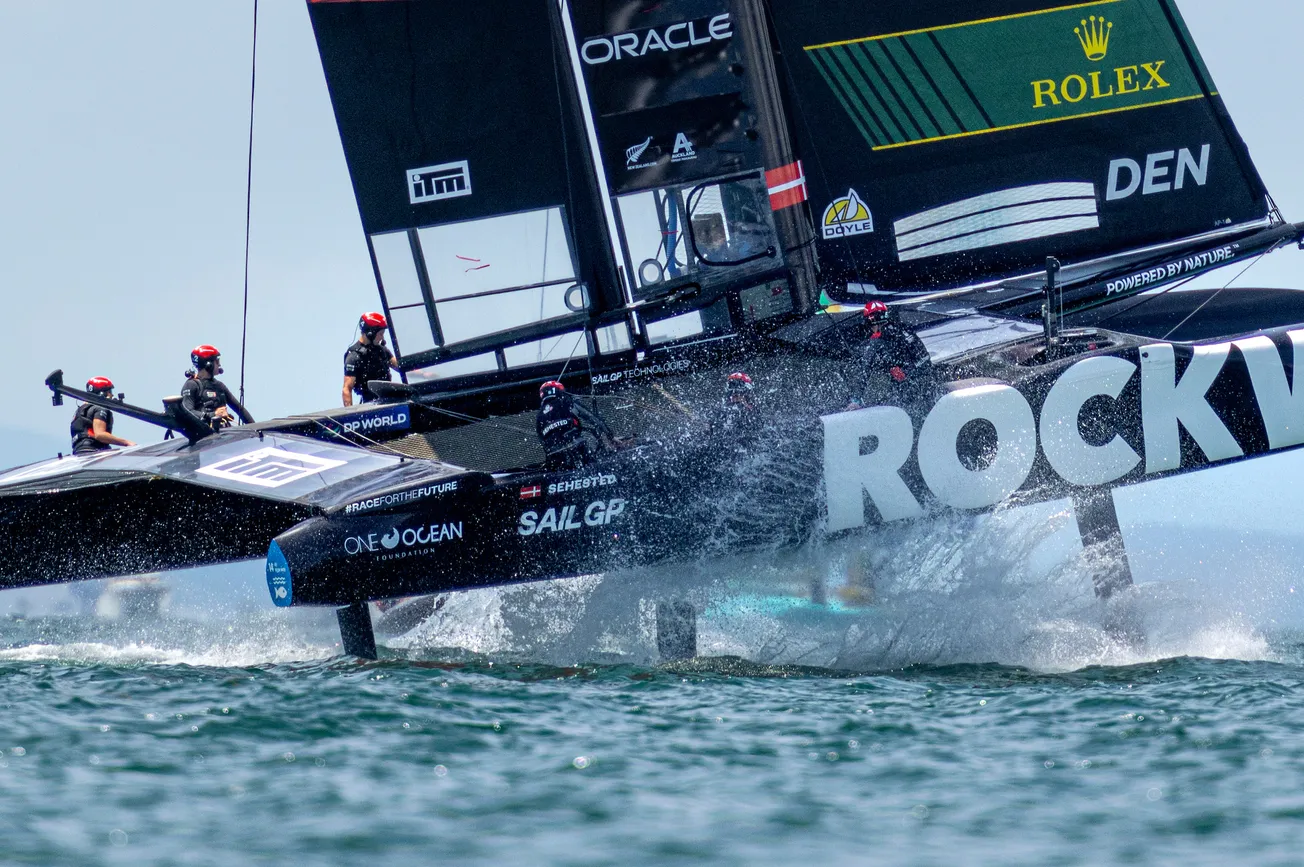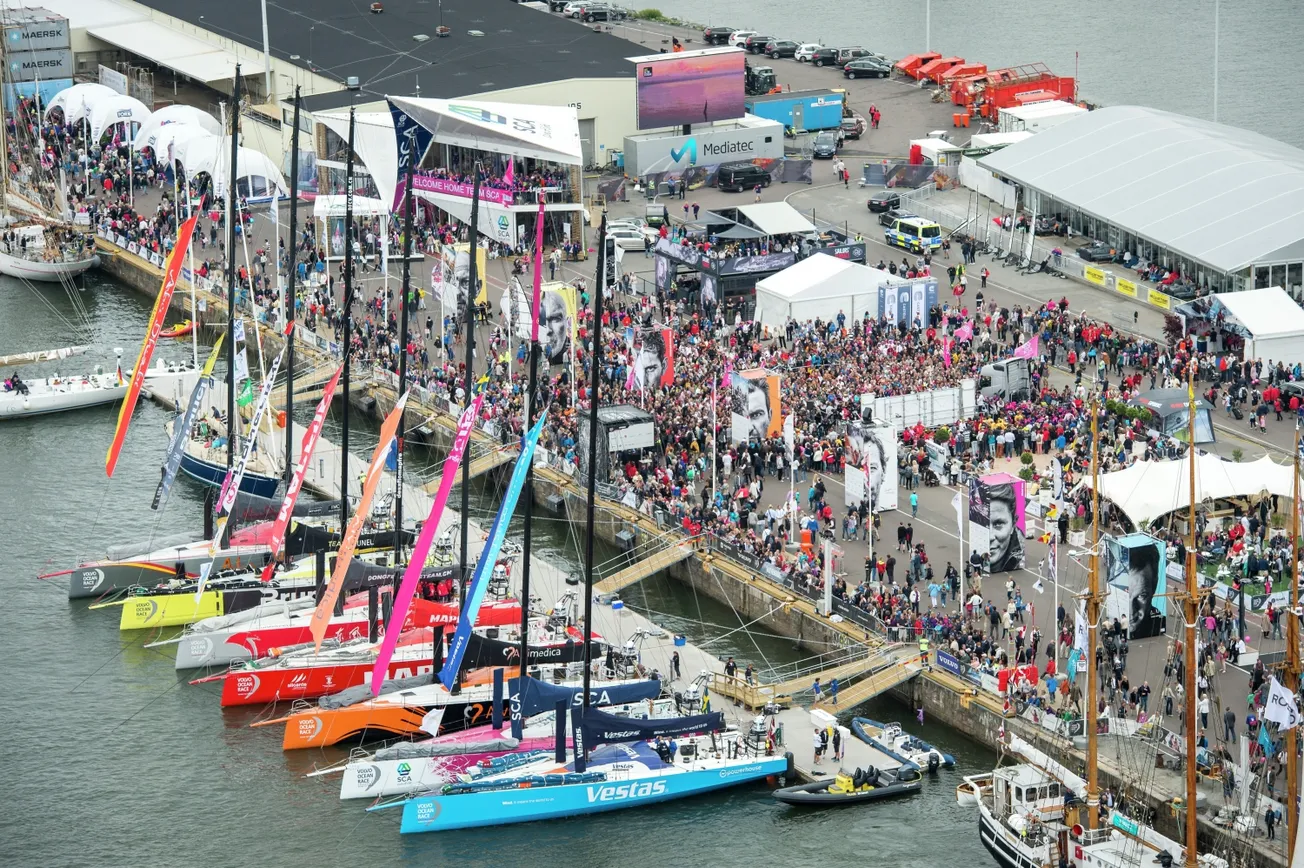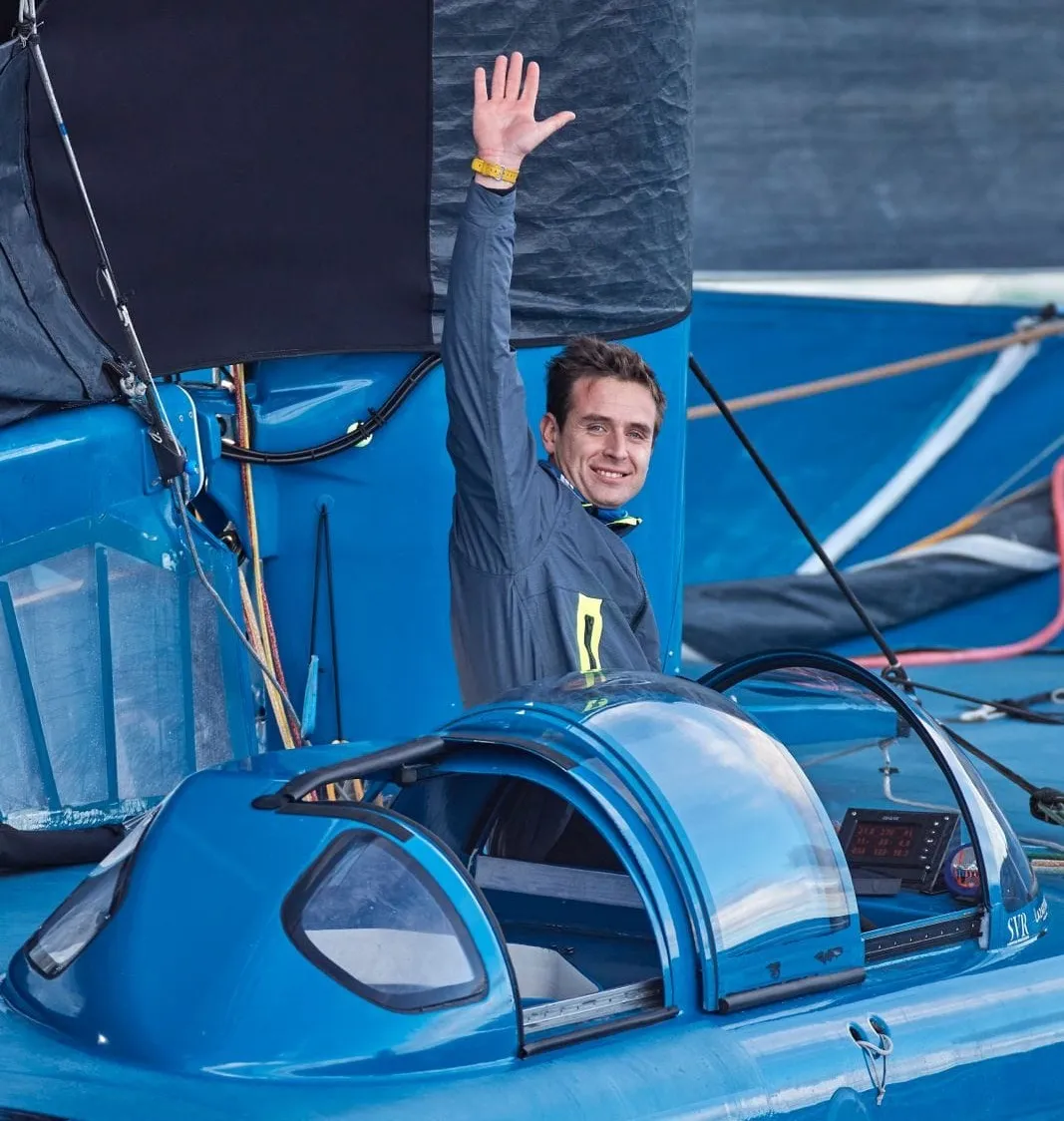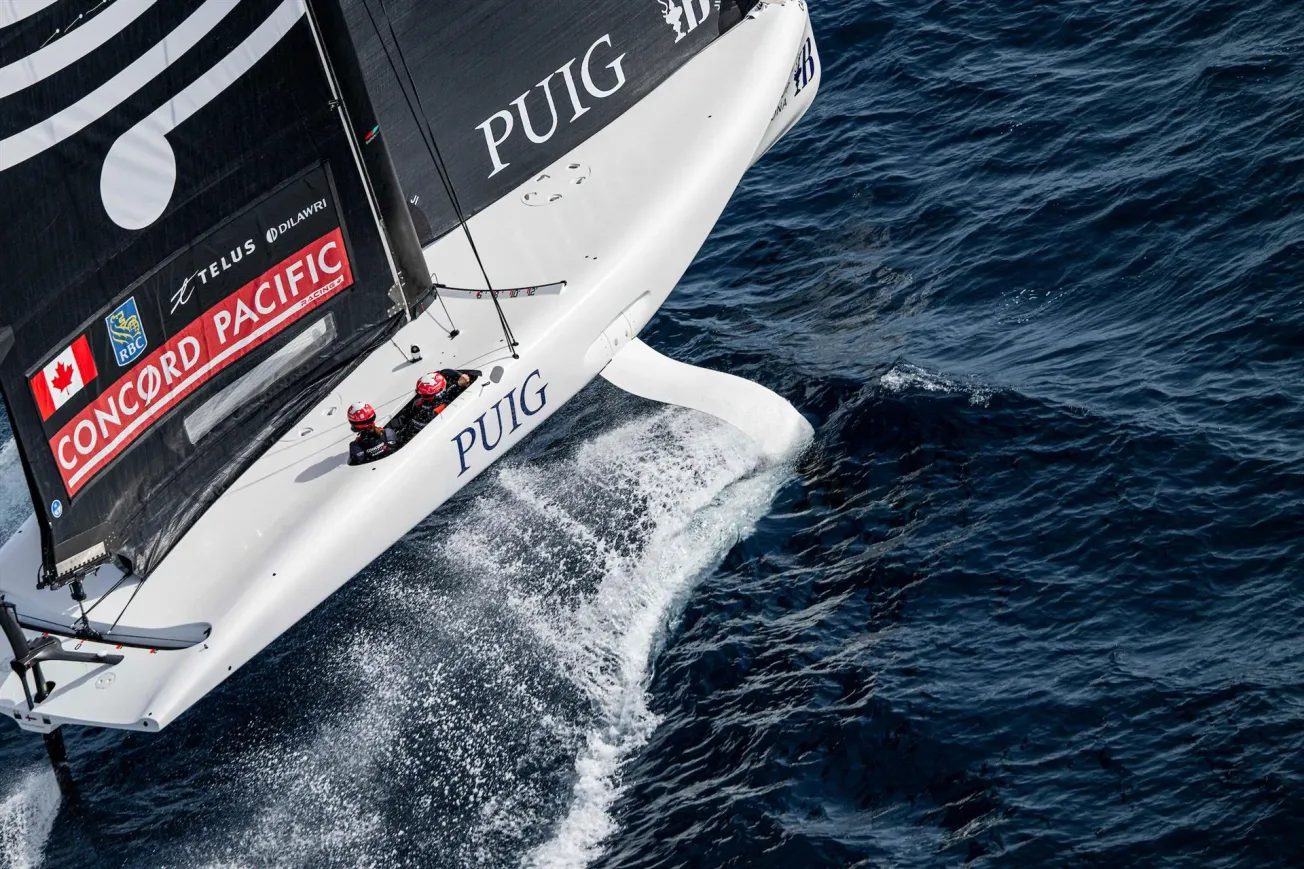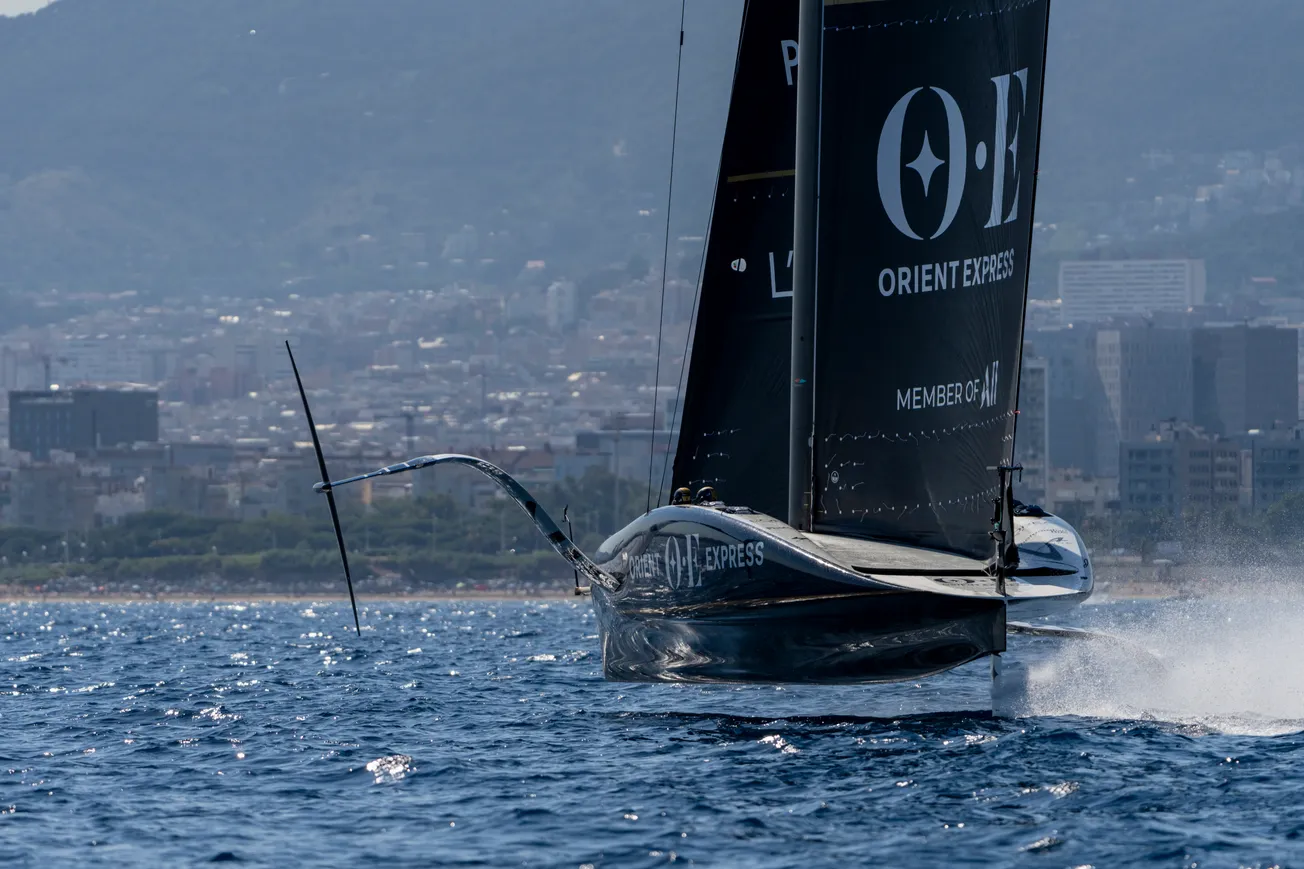Flying an F50 is a job that demands precision, awareness, and the ability to make constant, subtle adjustments in real time. For Billy Gooderham, flight controller with the Canada SailGP Team, it's a role that builds on years of experience across high-performance classes—from Olympic 49ers to TP52s and C-Class catamarans. His sailing background is varied and technical, making him well suited to the demands of keeping a foiling catamaran in stable flight at speeds up to 50 knots.
Get all areas access to Yacht Racing Life with a Full Membership free 30-day trial. There's no obligation and you can cancel at anytime.
Season 5 of SailGP has brought upgraded T-foils and a deeper, faster fleet – making the flight control role all the more complex. In this deep dive, Gooderham opens up about what it’s like to be an F50 flight controller. He shares what it's like to adapt to a completely new set of physics, why a tiny red stripe on the bow matters more than you'd think, and how the shift from J-foils to T-foils has made flying the boat so much more complex.
Justin Chisholm What were your expectations of the new t-foils and how much did they deliver on those expectations? Or was it very different to what you expected?
Billy Gooderham To be honest, I didn't really have much expectation. I knew it was going to be different, but I didn't really know what that looked like. I don't work in the America’s Cup world or any of that stuff, so this was my first foray into T foils.
But I think the hope was they were going to be faster, and they lived up to that expectation: 102 kilometers an hour is pretty dang fast on one of these boats.
There were a lot of concerns with the oil consumption. It's more loaded foil. So the rake hydraulic ram uses a lot more oil, right? So early days we had concerns with oil consumption and losing authority over the rake cylinder once you just didn't have enough oil, because the rotor pumps couldn't keep up.
And then there was the concern as well, that when you shift the cant angle of the foils your lifting force changes quite significantly. What puts a pretty big wrench in the works is that when you cant the foil out five degrees, all of a sudden your lifting force is dramatically reduced, and then you very quickly have to adjust for that.
So we did some work on writing some rake / cant pairing software, so that basically, as you adjusted the cant the rake would click in and provide you with the same lifting force. But even so, when you make a big foil cant adjustment, you've still got your hands full.
Then it was just about usability. How was the usability going to change with the t-foil. Obviously, the leeway factors of it are drastically different compared to the old j-foil.
With the old ones, if you got it a bit wrong, you could feel the boat start to slide, and you knew you had to tone it down a bit. Whereas with these new ones, you’re good, you're good – and then suddenly you're not good.



